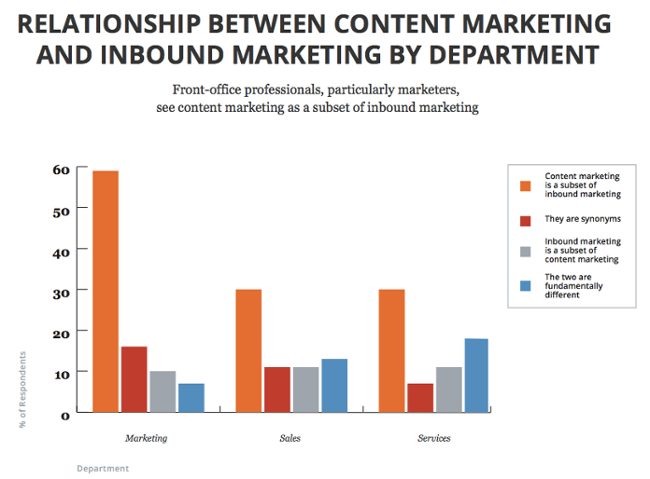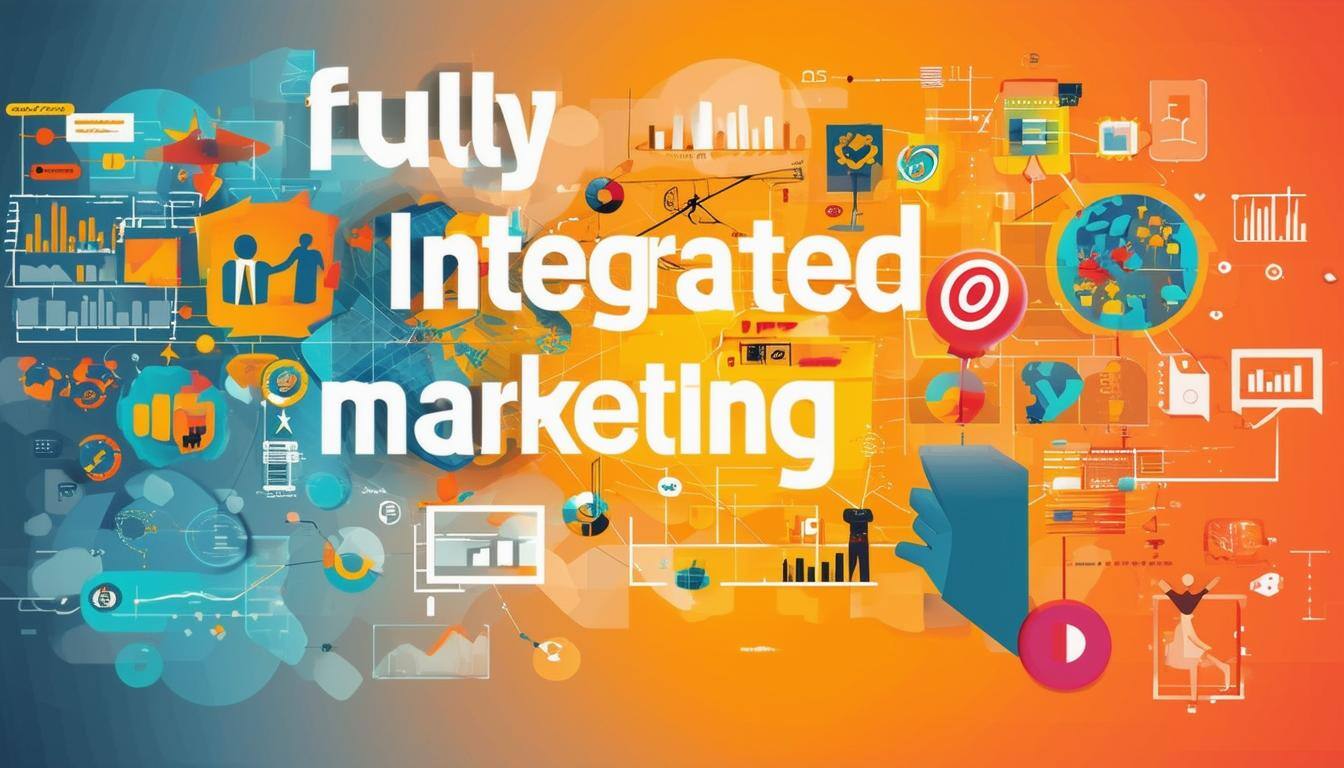
How different is inbound marketing from content marketing? Watch out – you’ve just walked into a hotly contested and highly controversial marketing debate.
Let’s define the terms.
To quote HubSpot, the coiners of the term ‘inbound marketing’, on what inbound marketing is: “Instead of the old outbound marketing methods of buying ads, buying email lists, and praying for leads, inbound marketing focuses on creating quality content that pulls people toward your company and product, where they naturally want to be. By aligning the content you publish with your customer’s interests, you naturally attract inbound traffic that you can then convert, close, and delight over time.”
Whereas content marketing, as defined by the Content Marketing Institute, is : “… a marketing technique of creating and distributing relevant and valuable content to attract, acquire, and engage a clearly defined and understood target audience – with the objective of driving profitable customer action.”
We’ve got to admit that these sound very much the same. Content is the linchpin of both strategies and both aim to magnetically draw people in to become consumers. Most people – even marketers – see the similarities and some don’t even care what the difference is. As HubSpot’s former Content Team Senior Manager Jay Acunza succinctly puts it in LinkedIn, “While I personally say ‘content marketing’, without any thought as to why or whether it matters, I will hereby and for the rest of this blog post call it Marketing Wherein You Create Content and Other Things People Volunteer to Consume Instead of Spamming Them with Me-First Messages (or MWYCCAOTPVTCIOSTWMFM).”
And that is the essence of both these marketing strategies – create content your audience is going to love, and they’ll happily and enthusiastically become consumers when you nurture them down the purchasing funnel.
However, there are some key differences between the two strategies.
Mainly, the differences lie in the depth of each concept; there is a lot more to inbound marketing than content.
In fact, HubSpot recently did an exhaustive survey of 3 500 marketers to get their opinion on the difference between the two, and the overwhelming feedback was that content marketing is an important subset of inbound marketing.

Savvy Panda puts the differences very succinctly in the below pull quote.
Inbound marketing has:
“Philosophy – The overall approach you take to marketing and attracting people
Knowing which tools you need and how to use them.
Strategy – The overall vision of where you're going with your marketing
The Blueprint [to build for example a chair].
Tactics – The individual actions you perform to drive closer to your marketing vision
Each block of wood and screw you use [to make the chair].
Content marketing is one piece contained within a larger Inbound Marketing strategy and philosophy. It is probably the biggest piece and is the ‘engine’ that feeds all the other pieces. These two are not necessarily always mutually exclusive. You can do content marketing tactics (and all marketing tactics) without adopting a full Inbound Marketing philosophy and strategy. For example, I could be doing social media marketing (the tactic) but simply broadcasting my message and spamming people's inbox (traditional marketing philosophy).”
Content marketing is a key part of an effective inbound strategy – but it’s far from the only part that matters. Strong content is the bait on the hook, but buyer personas and intense data analysis, workflows based on past behavior and an SEO strategy and keyword research for each piece of content put out are all part of the behind the scenes magic that makes the strategy so effective.
In inbound marketing, content is the (crucial) tip of the iceberg, but without all the other work - from in depth research, to data analysis, effective automation and much, much more - the content wouldn’t float.
Contact us for more information on Inbound and Content marketing or to help you optimise your marketing strategy




SUBMIT YOUR COMMENT